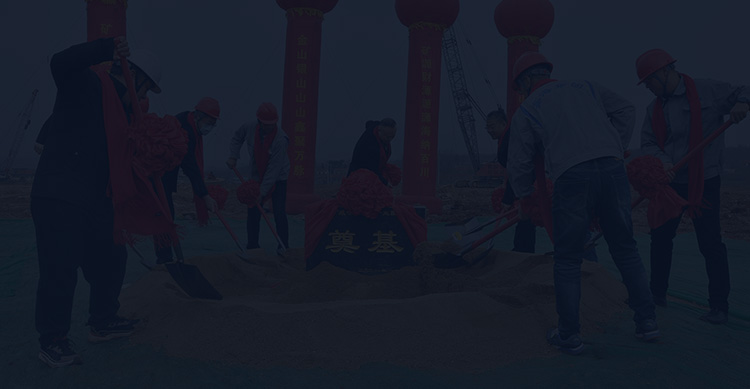
Gravity separation is one of the common methods for gold ore beneficiation. It uses the density difference between gold ore and gangue to separate minerals under monomer dissociation conditions. Gold ore is mainly divided into two categories: placer gold ore and vein gold ore. The gold content of placer gold ore is 0.3~2 g/m³, and the gold content of vein gold ore is about 0.5~5 g/t, both of which have mining value. Gold in placer gold ore mostly exists in the form of monomer natural gold, with obvious density difference, which is suitable for gravity separation. Commonly used placer gold gravity separation methods include jigging, shaking table and chute gold separation.
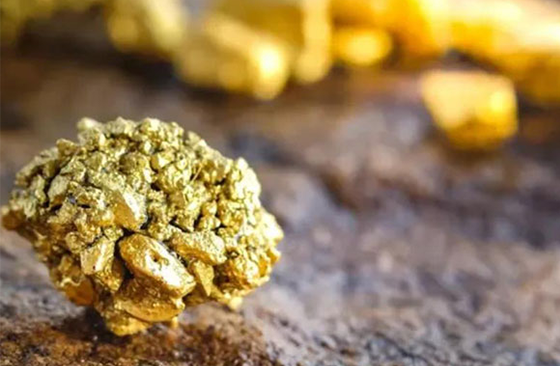
Jigging for gold ore gravity separation is a process that relies on the vertical pulsation of water flow to separate mineral particles according to mineral density. The main equipment is a jig, which makes the mineral particles stratify according to specific gravity in the vertically moving variable speed medium flow, and the lighter minerals float on the upper layer, while the heavier minerals sink to the lower layer. Then the materials at different levels are discharged separately through the action of machinery and water flow.
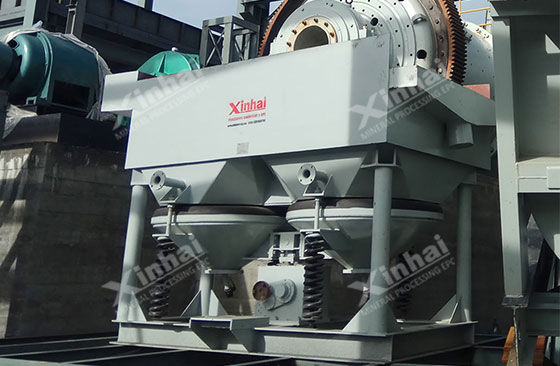
Jigging for gold ore separation is suitable for sorting coarse mineral particles, and the particle size range is generally 50mm to 0.074mm. For placer gold selection, if the ore specific gravity difference is≥0.5 and the mineral monomer has been dissociated, the lower limit of the particle size can reach 0.04mm. This process is simple to operate and the equipment has strong processing capacity. It is widely used in rough gold selection with remarkable results.
Shaking table gold selection is a process that uses the reciprocating motion of the bed surface and the flushing effect of water flow to sort fine-grained minerals in a horizontal medium flow. The main equipment of the shaking table gold ore dressing is a shaking table. During the mineral selection process, the slurry is evenly distributed on the inclined bed surface. The reciprocating motion of the bed surface and the stratification effect of the water flow cause the mineral particles to be stratified by density in the vertical direction and separated by particle size in the horizontal direction. The heavier mineral particles are enriched at the bottom of the bed surface, and the lighter particles are carried away by the water flow. Mineral particles of different densities and particle sizes are discharged from different areas of the bed surface to complete the sorting.
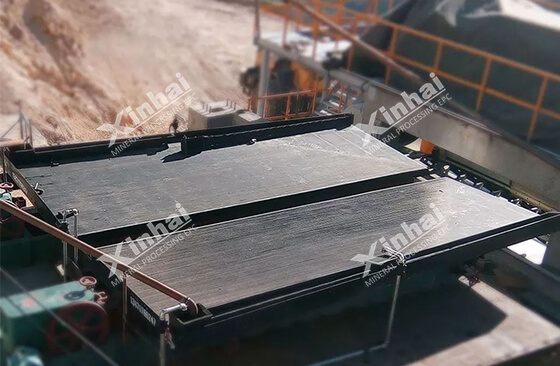
The shaking table for gold ore dressing is particularly suitable for processing and sorting minerals with finer particle sizes. According to the different ore particle sizes, it can be divided into three types: coarse sand bed, fine sand bed and ore mud bed. The coarse sand bed is suitable for sorting ore particles with a particle size between 2.0mm and 0.5mm, the fine sand bed is suitable for processing ore particles from 0.5mm to 0.074mm, and the ore mud bed is suitable for processing ore particles from 0.074mm to 0.037mm. The ore feed particle size range of the shaking table gold selection is generally between 3mm and 0.019mm. The gold ore separation process is stable and reliable, the ore belt distribution is clear, the rich ore is relatively high, and it is easy to manage.
Gold ore separation by chute uses the difference in the movement of mineral particles in the inclined medium flow for sorting. The main equipment is a spiral chute, which uses the combined action of water flow, mineral gravity and the friction between the mineral particles and the bottom of the chute to make the mineral particles settle in the chute according to their specific gravity. The mineral particles with smaller specific gravity are carried away by the water flow, while the mineral particles with larger specific gravity remain in the chute, thus completing the sorting.
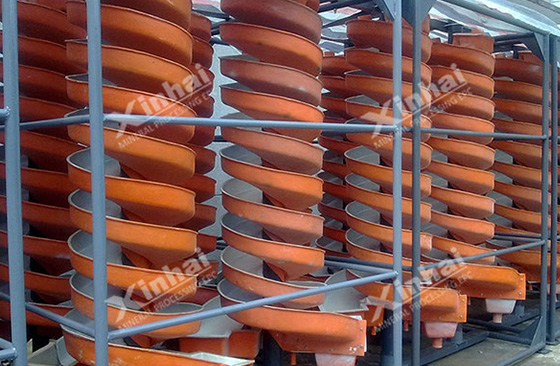
The spiral chute is particularly suitable for processing fine-grained gold ores with low mud content, and the material particle size range is 2mm to 0.03mm. The process has a simple structure, large processing capacity, and low overall cost, and can efficiently separate mineral particles of different specific gravities.
Gravity separation is mainly used for gold ores with monomer dissociation (such as placer gold) because of its significant recovery effect on coarse gold. However, for vein gold minerals, the gravity separation process is rarely used alone, and it is usually combined with other processes to improve the gold recovery rate and mineral processing indicators. Common combined processes include gravity-flotation combined gold extraction process and gravity separation-cyanidation combined process. Before separation, it is recommended to conduct mineral processing tests and analyze the properties of the gold ore. According to the properties of the ore and the actual situation of mineral processing, it is necessary to determine whether the gravity separation process is suitable, optimize the gold selection process, and select the appropriate equipment and process combination to obtain the ideal mineral processing effect.
Guinea 15000tpd gold ore beneficiation project
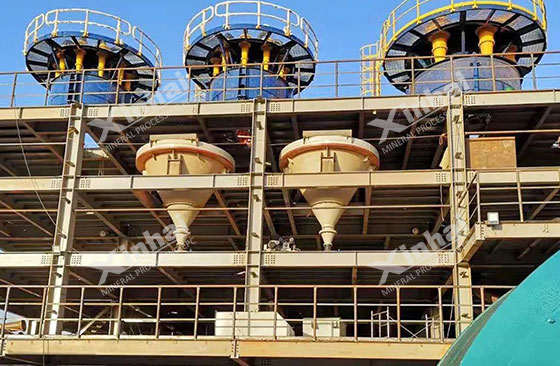
Henan 3000tpd gold ore beneficiation project
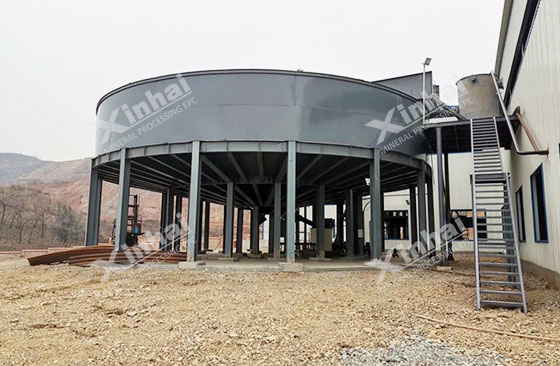
Laos 2000tpd gold ore beneficiation project
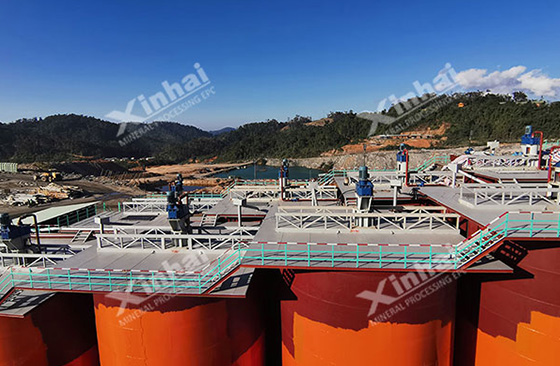
Zimbabwe 700tpd gold ore beneficiation project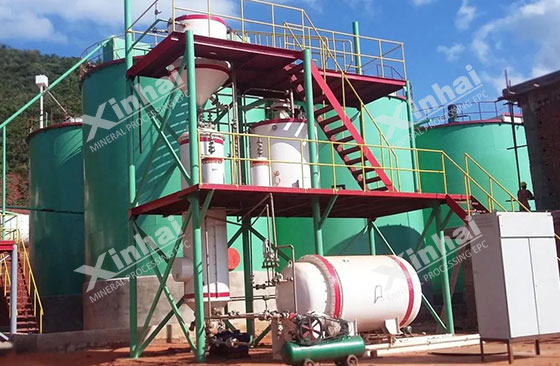
Iran 500tpd gold ore beneficiation project
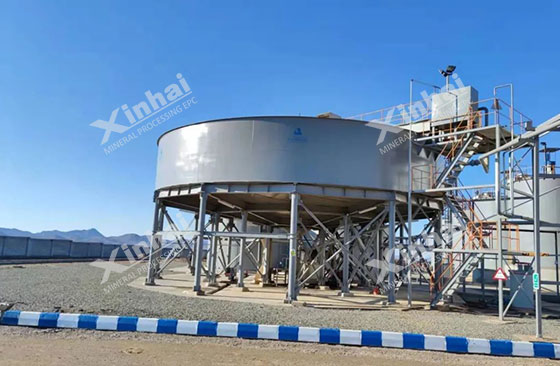
Myanmar 500tpd gold ore beneficiation project
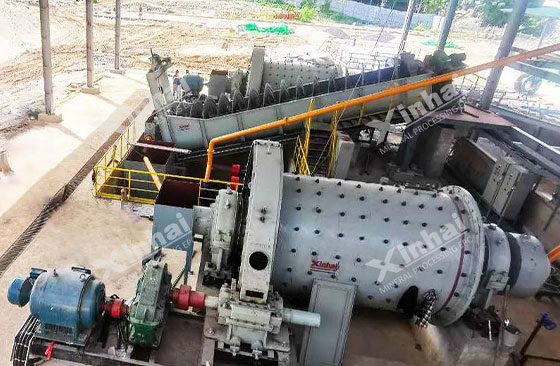
To find out more about our products and solutions, please fill out the form below and one of our experts will get back to you shortly.